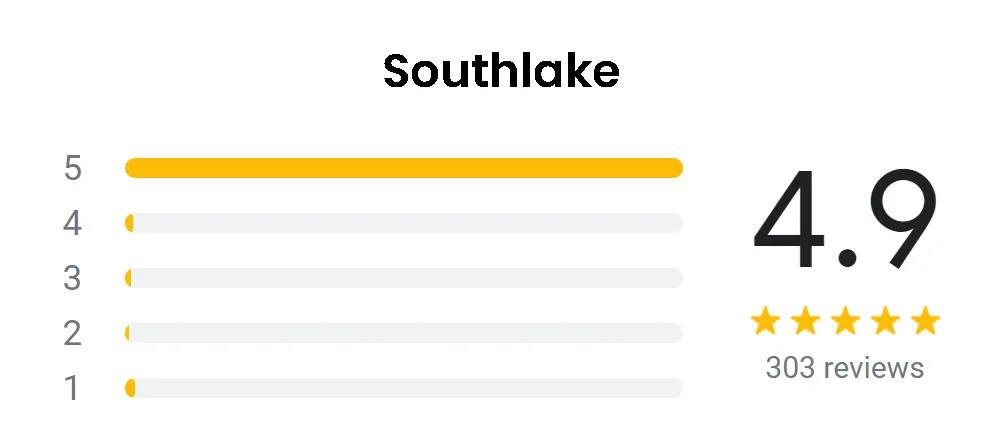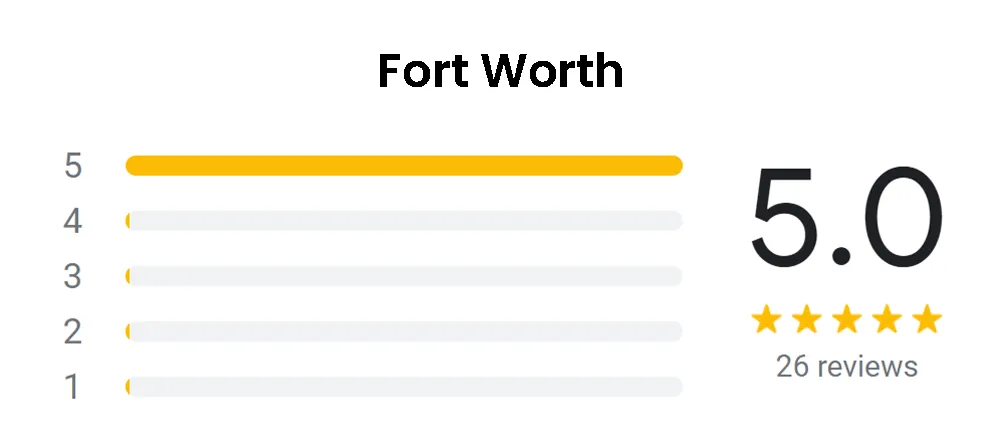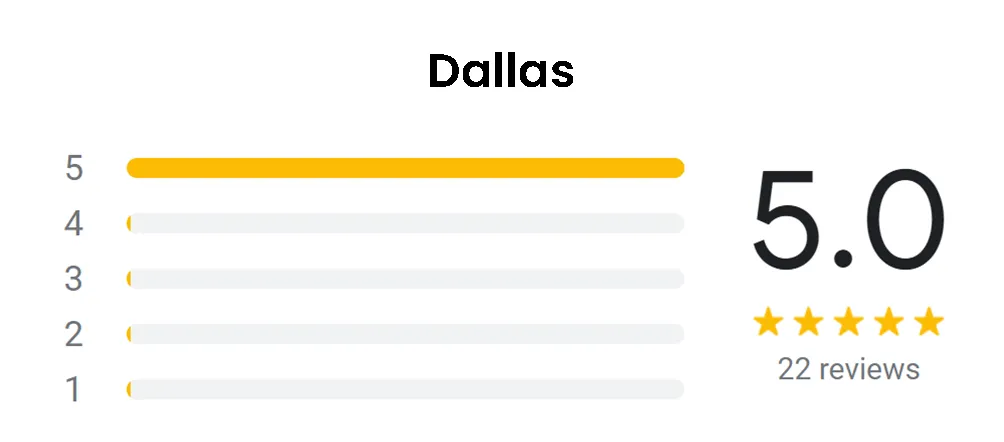
Radiant barrier roof decking has emerged as an effective solution for homeowners looking to improve energy efficiency in their residences. This innovative material reflects radiant heat away from the living space, significantly reducing cooling costs during hot months. As temperatures rise, many are seeking ways to keep their homes comfortable without escalating energy bills.
The installation of radiant barriers can be particularly beneficial in climates with intense sunlight and high temperatures. By minimizing heat transfer, radiant barrier roof decking not only enhances indoor comfort but also extends the lifespan of roofing materials. Readers will discover how this technology works and the advantages it offers throughout the article.
Exploring the benefits and practical applications of radiant barrier roof decking provides insight into making informed decisions. Understanding energy-efficient solutions is becoming more and more important for homeowners thinking about upgrades, as energy costs rise and environmental concerns intensify.

Radiant barrier roof decking is an effective solution designed to improve energy efficiency in residential and commercial buildings. It helps to keep interiors colder by reflecting radiant heat away from the living areas below.
Radiant barriers are usually installed on the roof decking and composed of reflective materials like aluminum foil. Their main purpose is to lessen heat transfer into the attic and living areas from the roof. In warmer climates where summer heat can raise indoor temperatures, this is especially helpful.
The efficiency of radiant barriers relies on their orientation and placement. When installed correctly, they can reflect up to 97% of radiant heat. This attribute helps decrease the reliance on air conditioning systems and can lead to lower energy bills. Proper ventilation and insulation are also crucial to maximize their benefits.
Traditional roofing materials, like asphalt shingles, absorb heat and can raise attic temperatures significantly. In contrast, radiant barriers do not absorb heat; they redirect it. This fundamental difference allows homes with radiant barrier roof decking to maintain a more stable indoor climate.
Conventional roofing materials offer a lower degree of thermal resistance, despite the fact that they can still be effective. Improved performance can be achieved by integrating radiant barriers with different types of roofing. Building owners can benefit from lower energy expenses and increased overall comfort thanks to this integration.
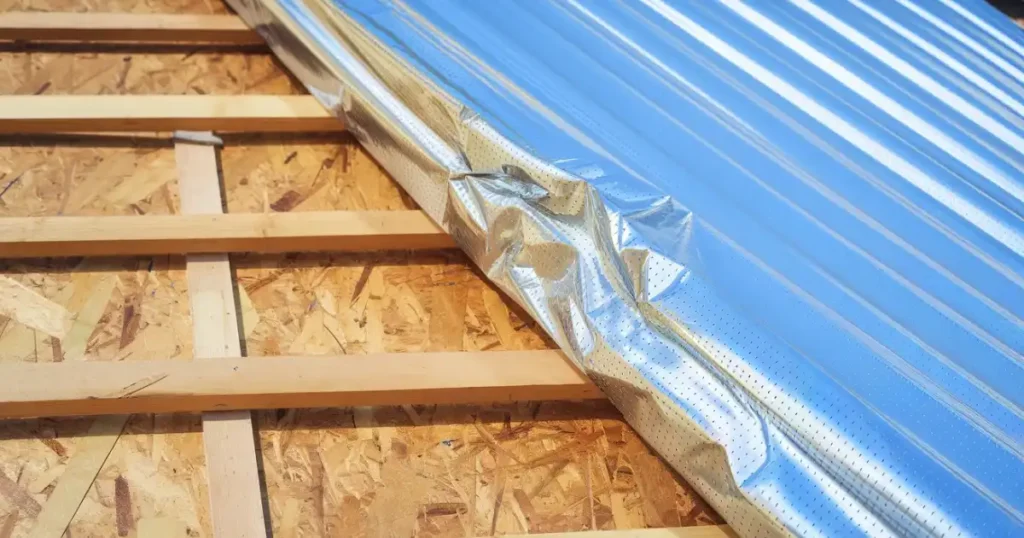
Radiant barrier decking comes in various types and materials, each designed to address specific insulation needs. Understanding these options is essential for making informed decisions on which radiant barrier to choose for optimal energy efficiency.
Reflective foil radiant barriers are made from sheets of aluminum foil laminated to a substrate, usually cardboard or plastic. These barriers are highly effective at reflecting radiant heat away from living spaces. They work best when installed with an air space, allowing for increased performance.
Typically, these barriers are lightweight and easy to install. They can be applied in new construction or retrofitted onto existing roofs. Reflective foil barriers are especially popular in hot climates, as they significantly reduce cooling costs by limiting heat gain.
Painted radiant barriers utilize specialized coatings that contain reflective materials. These coatings are applied directly to roof decking, transforming the surface into a barrier against radiant heat. Unlike foil barriers, painted options do not require an air gap for effectiveness.
This type tends to blend more seamlessly with the roofing material, offering aesthetic advantages. They are suitable for various climates but may not perform as effectively as foil barriers in extremely hot conditions. The application process must be thorough to ensure durability and performance over time.
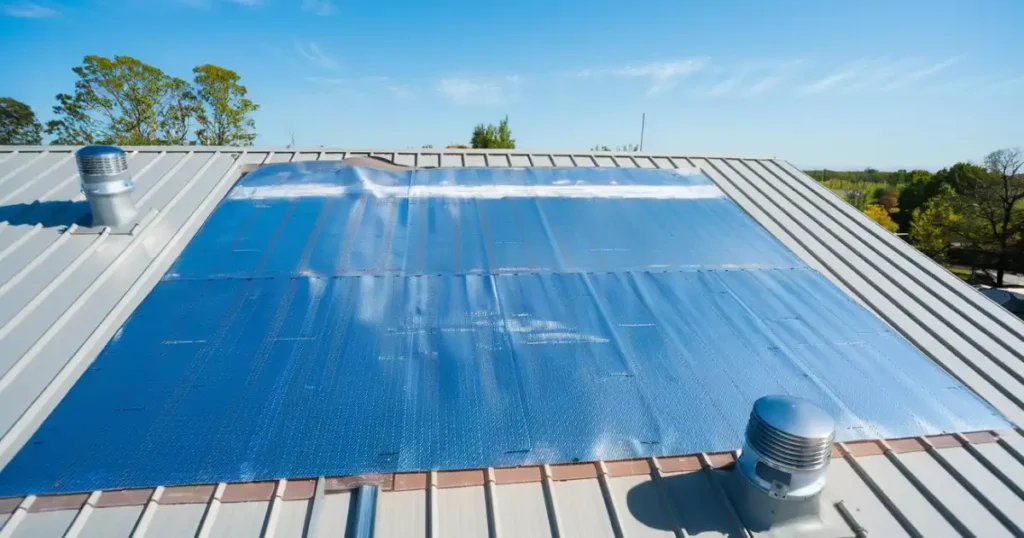
A number of significant benefits of radiant barrier roofing include increased comfort levels and energy savings. This creative roofing solution offers special advantages by reflecting radiant heat away from living areas.
Radiant barrier roofing significantly improves energy efficiency by reflecting incoming solar radiation. This can reduce the amount of heat entering a home, leading to lower cooling costs during hot seasons.
Additionally, these barriers can enhance the performance of HVAC systems by allowing them to operate more efficiently, thus prolonging their lifespan.
The impact of radiant barrier roofing extends to indoor comfort levels. By minimizing heat gain, it creates a more pleasant living environment.
With improved indoor conditions, occupants experience a more enjoyable and healthier space to live, promoting overall well-being.
Various installation techniques exist for effective application of radiant barriers. The method chosen depends on the roofing type and specific requirements of the building structure.
To install a radiant barrier under shingles, start by removing the existing roofing material. Properly inspect the decking for damage before proceeding. Place the radiant barrier material directly onto the roof decking, ensuring it is smooth and wrinkle-free.
Use staples or adhesive to secure the barrier in place and avoid any gaps. It is essential to overlap the seams by at least 6 inches to maintain a continuous reflective surface. Once the radiant barrier is secured, the shingles can be reinstalled directly over it, ensuring proper adhesion and weatherproofing.
When applying radiant barrier on a roof, a strategic approach is necessary. First, clean the roof surface thoroughly to eliminate dirt and debris. Lay the radiant barrier on top of the existing surface, ensuring that it covers all areas to maximize efficiency.
Adhesives or mechanical fasteners can be used to secure the radiant barrier. Pay attention to details near edges and penetrations, as proper sealing is vital. If installing in larger sections, overlapping at the edges by at least 12 inches is recommended. This minimizes heat transfer and enhances the overall performance.
Installing a radiant barrier under a metal roof requires attention to insulation and ventilation. Begin by ensuring the roof decking is intact, then lay a layer of radiant barrier before installing the metal panels.
The barrier should face the attic or insulation space, acting as a reflective layer to reduce heat buildup. Secure the radiant barrier with staples or adhesive, overlapping seams to ensure coverage. When placing the metal roofing, maintain proper spacing and ventilation to facilitate airflow. This installation technique helps prevent heat absorption, optimizing the energy efficiency of the structure.
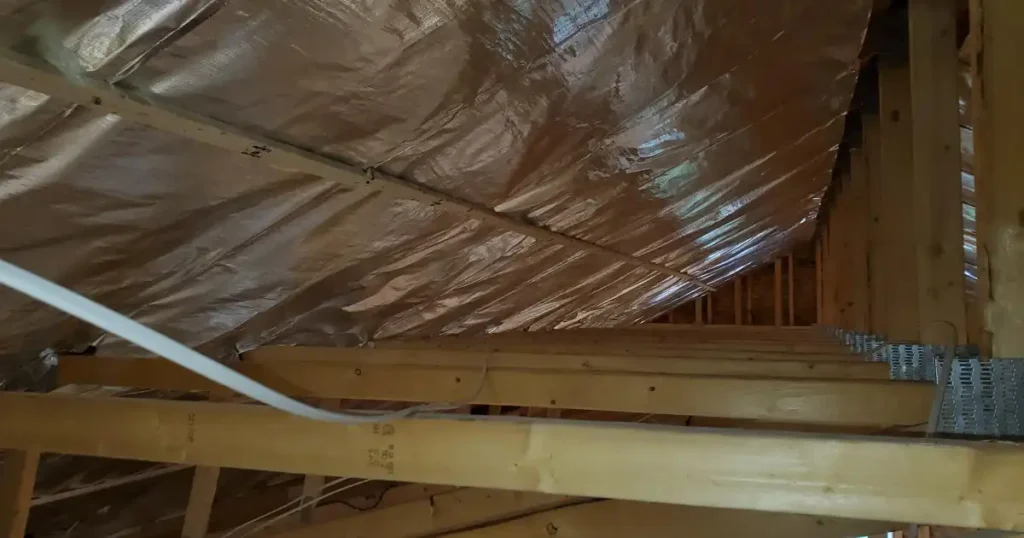
The performance and efficiency of radiant barrier roof decking are critical for optimizing energy use in homes. Key factors include measuring reflectivity and emissivity, along with understanding how these materials perform in various climates.
Reflectivity and emissivity are vital metrics for radiant barrier roof systems. Reflectivity measures how much radiant heat is reflected away, while emissivity indicates how much heat is emitted.
Typically, radiant barriers have a reflectivity of around 90% to 95%, which effectively prevents heat from entering the home. Conversely, low emissivity values (around 0.05) show that less heat penetrates the barrier.
Methods for testing include using infrared thermometers and energy performance simulations. By assessing these values, homeowners can determine the potential heat gains and losses through their roofing systems, leading to informed decisions on insulation.
The effectiveness of radiant barrier roof decking varies by climate zone. In hot climates, these barriers significantly reduce cooling costs by reflecting sunlight.
Homes in regions with high temperatures can see energy savings of 10% to 20% on air conditioning.
In contrast, in cooler climates, the benefits become less pronounced. Here, the focus shifts to retaining heat rather than reflecting it.
Ultimately, the choice and installation of radiant barriers should consider local climate conditions for maximum efficiency.
The choice and arrangement of underlayment materials play a crucial role in maximizing the effectiveness of radiant barrier roof decking. Proper layering techniques enhance thermal performance and contribute to the overall energy efficiency of roofing systems.
Radiant barrier underlayment is a specific type of material designed to reflect heat away from living spaces. This product is typically made of reflective foil or specialized film. When installed directly under the roofing material, it can significantly reduce heat gain during hot weather.
This type of underlayment works by creating a thermal break, which helps to keep indoor environments cooler. Its effectiveness is most pronounced in warm climates where cooling costs can be substantial. Additionally, radiant barrier roof underlayment provides moisture protection, reducing the risk of condensation issues over time.
When applying radiant barrier roof decking, layering techniques are vital for optimal performance. A common method involves placing radiant barrier underlayment directly under the roofing material, ensuring an airtight seal.
Consider using the following layering techniques:
Adopting these techniques helps achieve the most efficient energy management within roofing systems. Proper installation influences the long-term performance and durability of the entire roofing assembly.
Radiant barrier roof decking is designed for longevity and requires specific upkeep to maintain its effectiveness. Understanding how to care for these materials ensures their performance over time.
Radiant barrier roofing materials are built to withstand various environmental stresses. They typically feature durable compositions that resist wear from moisture, heat, and UV exposure.
Key Attributes:
Proper installation significantly enhances their longevity. Any damage from installation errors can impact performance. Regular inspections are essential to identify these potential issues early.
Maintaining radiant barrier roof decking involves routine cleaning and checks. Dust, debris, and other contaminants can reduce efficiency over time.
Maintenance Steps:
Avoid pressure washing, as it may damage the barrier. Following these steps helps preserve the reflective properties essential for energy efficiency. Regular maintenance can prolong the life and effectiveness of radiant barrier roofing systems.
This section addresses common inquiries regarding radiant barrier roof decking, including its installation, advantages, and cost comparisons. Details on energy efficiency and product availability are also provided to enhance understanding.
Radiant barrier roof decking is typically installed during new roof construction or major renovations. It is placed on the roof rafters or framing, with the reflective side facing the attic space. Installation follows standard roofing procedures, ensuring proper sealing and ventilation.
Advantages include significant reduction in heat absorption, which can lead to lower cooling costs in hot climates. Disadvantages may involve higher initial costs and potential issues with moisture control if not installed correctly. Proper installation and ventilation are crucial to maximizing benefits.
Radiant barrier roof decking products are available at major home improvement retailers, specialty building supply stores, and online platforms. Manufacturers often provide detailed product information, making it easier for consumers to choose suitable options for their projects.
The cost of radiant barrier roof decking is generally higher than traditional materials. However, energy savings over time may offset this initial investment. It’s advisable to evaluate long-term benefits against upfront expenses when considering options.
The typical R-value for radiant barrier OSB (oriented strand board) ranges from 3.5 to 6. This value indicates the material's thermal resistance, contributing to overall energy efficiency in buildings when combined with other insulation materials.
Yes, installing radiant barrier roof decking can lead to tangible energy savings, particularly in hot climates. Reflecting radiant heat away from the living space helps maintain cooler indoor temperatures, potentially reducing air conditioning costs. The extent of savings varies based on climate, installation, and building design.
For those seeking reliable insulation services, Critter Stop offers exceptional support. They specialize in attic insulation and can enhance the effectiveness of radiant barrier roof decking.
Homeowners can contact Critter Stop at (214) 234-2616 for a free inspection. This step is crucial in assessing insulation needs and ensuring that decisions are made based on accurate evaluations.
Critter Stop is known for its reputation in the community. Testimonials highlight their attention to detail and commitment to quality service. Clients appreciate their humane approach to wildlife removal, especially when addressing issues related to insulation.
When reaching out, customers can expect a professional team that prioritizes effective solutions. Critter Stop not only addresses insulation problems but ensures that the installation process is seamless.
Ultimately, trusting Critter Stop for insulation services provides peace of mind. With high-quality work and great customer service, it’s a dependable choice for homeowners looking to improve their energy efficiency and comfort.
Visit our Critter Library and learn more about our furry friends
